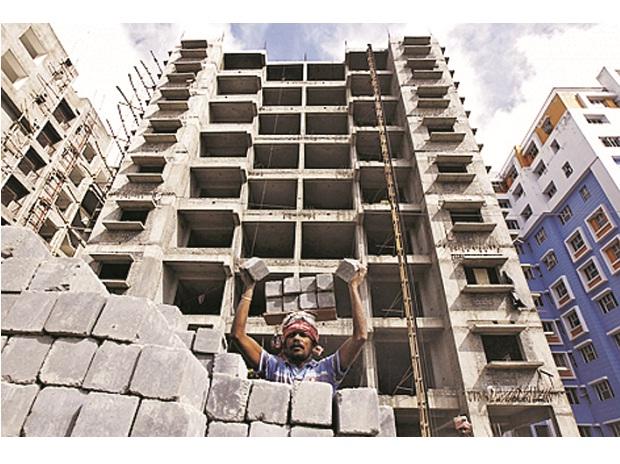
Activity in India's dominant service industry accelerated to a five-month high in December as demand rose at the fastest pace in more than three years, a private business survey showed on Monday.
The findings are likely to provide some relief to markets and spur hopes of an economic recovery in Asia's third-largest economy, which registered its weakest growth since 2013 in the July-September quarter.The Nikkei/IHS Markit Services Purchasing Managers' Index rose to 53.3 in December from November's 52.7, holding above the 50-mark that separates growth from contraction for the second straight month.
"It's encouraging to see the Indian service sector continuing to recover from the subdued performances noted in September and October," Pollyanna De Lima, principal economist at IHS Markit, said in a release."More importantly, the news of sustained job creation, robust new order growth and a pick-up in business confidence suggest that expansion can be maintained in the early part of 2020."
A sub-index tracking new business climbed to its highest since October 2016, encouraging firms to increase headcount.Service providers were more optimistic about growth in the year ahead and international demand continued to rise.A strong service sector is crucial India as it contributes over 60% of gross domestic product. If the momentum can be sustained, it would drive a faster economic recovery.A sister survey on Friday showed factory activity accelerated at the fastest pace in seven months in December on strong domestic demand and output.
Taken together, they pushed the composite PMI, which includes both manufacturing and services, to 53.7 last month from November's 52.7, its highest in five months."With manufacturing sector weakness also fading in December...Read More











